Basic Concepts
SUMMARY#
This guide traverses the expansive domain of electronics, merging the realms of art and technology. It shines a light on essential soldering skills, the journey from vacuum tubes to semiconductor devices, and the multifaceted branches of electronics. Aimed at both novices and adept practitioners, this document underscores the pivotal role of soldering in the evolution and upkeep of electronic devices, offering a comprehensive overview for educational and practical application.
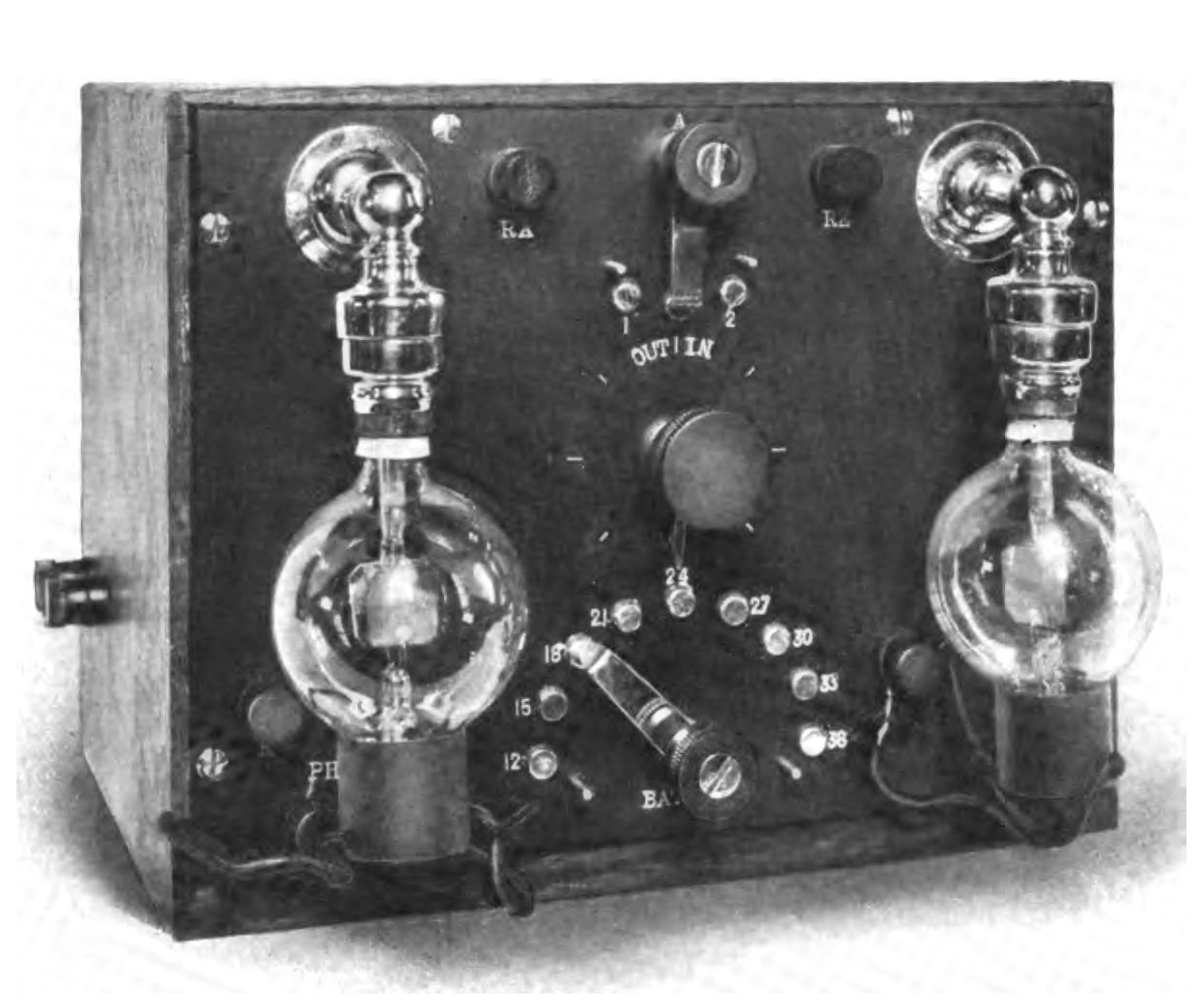
An early Audion radio receiver built by the inventor of the Audion vacuum tube, Lee De Forest, around 1914. The Audion, the first triode, was the first electronic tube that was able to amplify. Although invented in 1906, the amplifying ability of the Audion was not recognised until 1911-1912, so this was one of the first amplifying radio receivers. It appears in a paper by De Forest demonstrating to his fellow engineers that the Audion was not just a radio detector but also had the ability to amplify a signal.
CORE POINTS#
- The field of electronics is an amalgamation of art, physics, engineering, and technology, focusing on electron emission, flow, and control.
- The discovery of the electron and the invention of the vacuum tube marked the inception of the electronic era, laying the groundwork for today's advanced electronics.
- Electronics encompasses both passive and active components, facilitating information processing, telecommunications, and signal processing.
- The transition from vacuum tubes to semiconductor devices revolutionised electronics, enabling the creation of complex electronic systems and digital information processing.
SIR JOHN AMBROSE FLEMING#
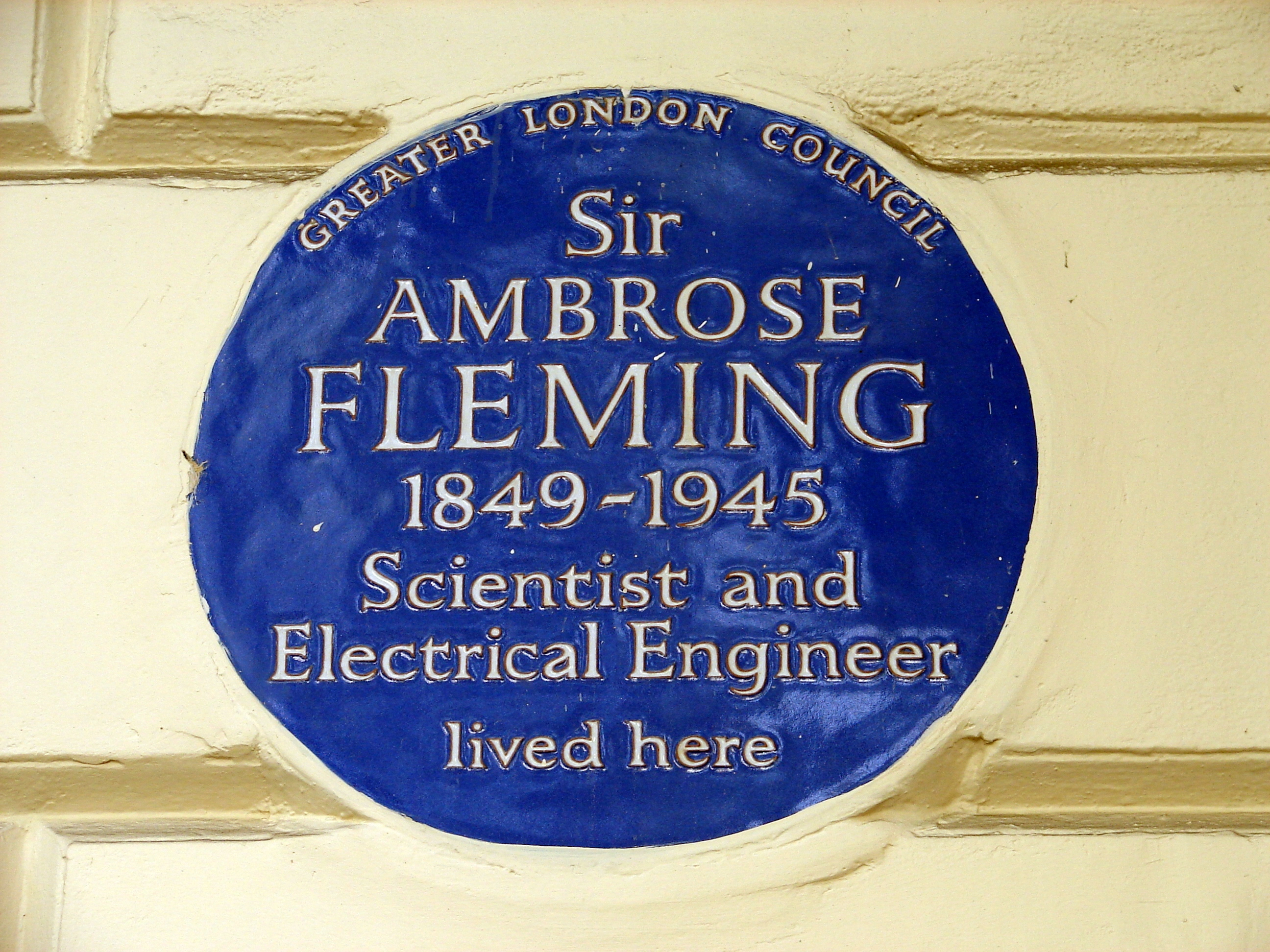
Sir John Ambrose Fleming, a pioneering figure, contributed significantly to the field with the invention of the thermionic valve and the establishment of fundamental electrical engineering principles.
THE TRIODE BY LEE DE FOREST#
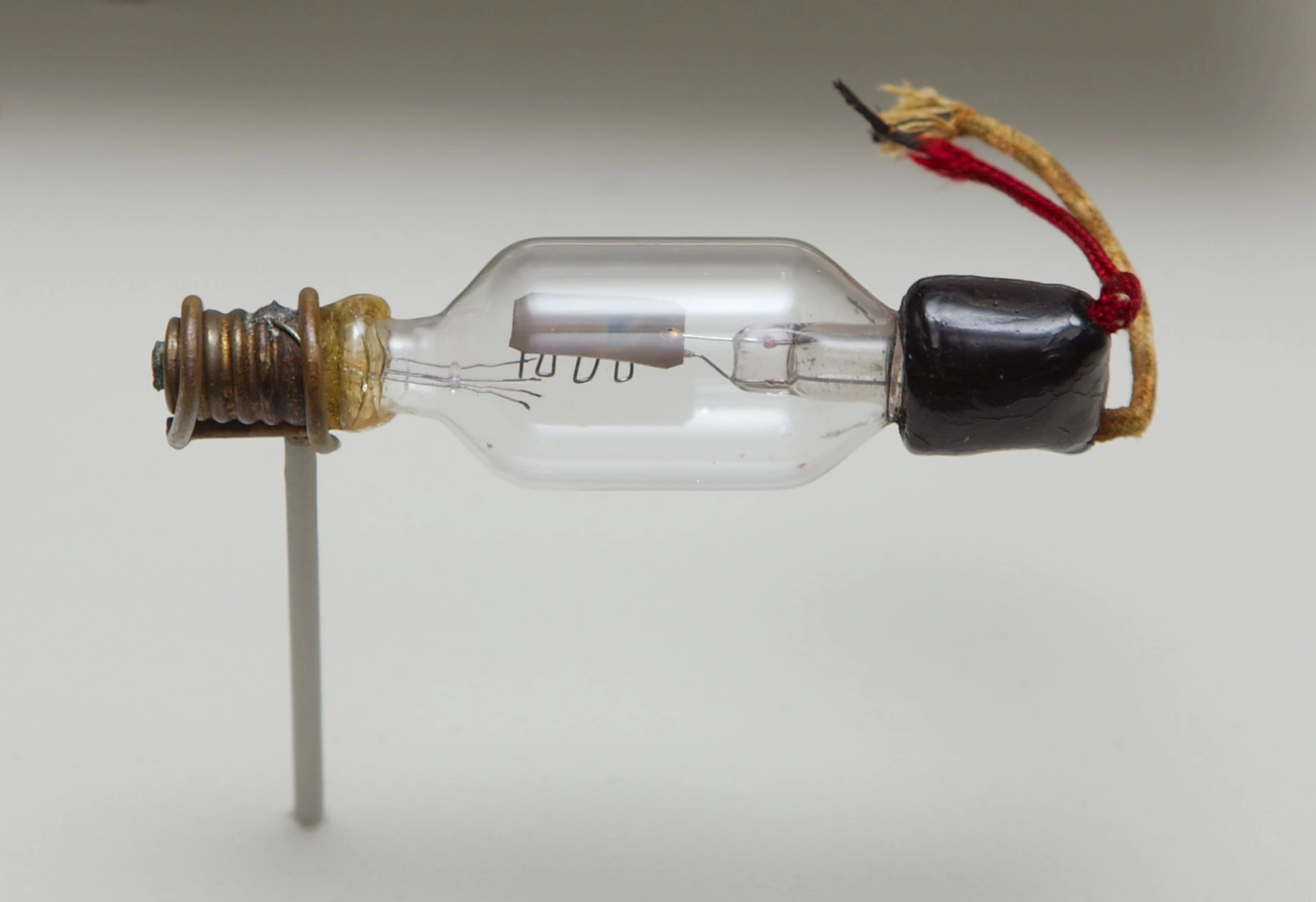
Lee De Forest's invention of the triode marked a turning point in electronics, facilitating signal amplification and advancing electronic circuit functionality.
MODERN MODES OF ELECTRON CONTROL#
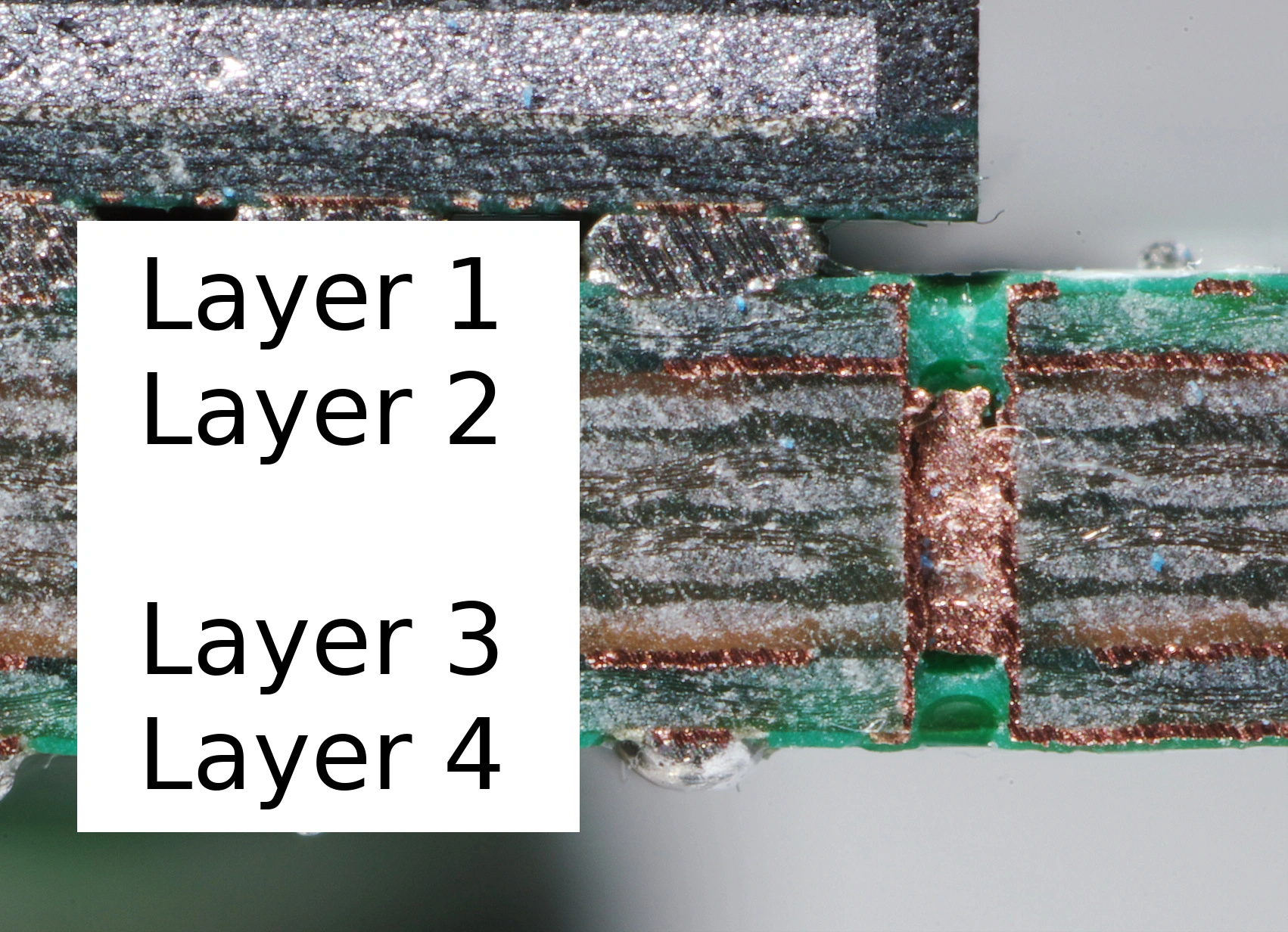
The advancement to multi-layer PCB and BGA packaging illustrates significant progress in electron control and device miniaturisation.
MODERN DEVICES#
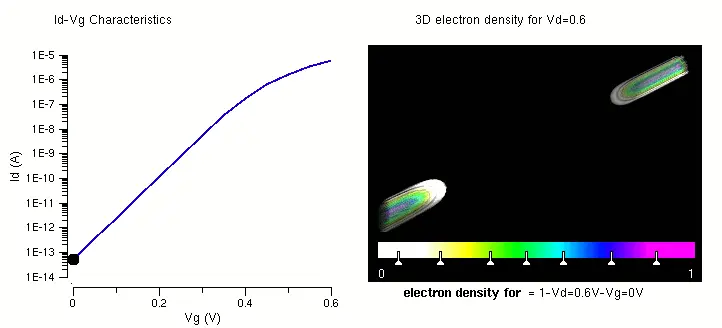
Today, semiconductor devices are at the heart of most electronic equipment, underpinning the functionality of contemporary electronic devices.
BRANCHES OF ELECTRONICS#
This website delineates the various branches of electronics, each contributing to the technological and innovative landscape of the field.
CONCLUSION#
The intersection of art and technology in electronics has led to significant developments from the advent of soldering and vacuum tubes to the sophisticated semiconductor devices of the modern era. This journey not only highlights the importance of mastering soldering skills but also the continual innovation in electronic components and systems. As the field of electronics continues to expand, the knowledge and techniques shared in this guide will remain invaluable to engineers and hobbyists alike, paving the way for future advancements in electronics.